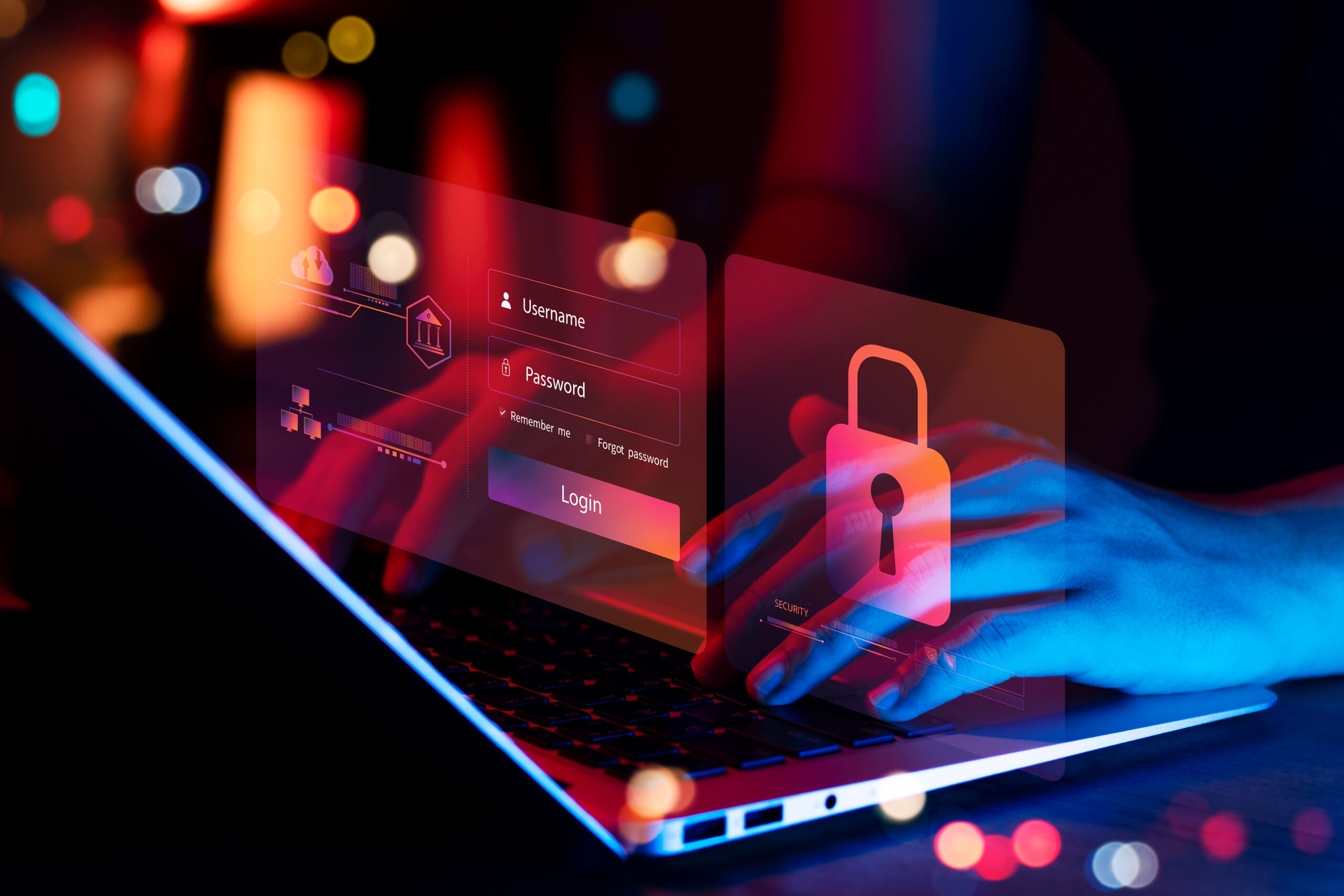The rise of remote work has transformed how businesses operate, offering flexibility and efficiency like never before. However, this shift has also expanded the attack surface for cybercriminals, making it critical to secure your remote workforce. With employees accessing company data from various locations and devices, organizations must adopt robust cybersecurity strategies to protect their systems, data, and employees from evolving threats.
Understanding Threats to Remote Workers
Remote work comes with unique challenges that can leave businesses vulnerable to cyberattacks.
Phishing and Social Engineering Attacks: Cybercriminals increasingly target remote workers with deceptive emails or messages, tricking them into revealing sensitive information or clicking on malicious links.
Unsecured Wi-Fi Networks: Employees working from coffee shops, airports, or home networks often use unsecured Wi-Fi, which can expose sensitive data to man-in-the-middle attacks.
Endpoint Device Security: Remote employees frequently use personal devices, which may lack critical security updates or antivirus software, increasing the risk of malware infections.
Collaboration Tools and Cloud Services: Tools like video conferencing apps and cloud storage systems can be exploited if not configured securely.
Insider Threats: The lack of direct oversight makes it harder to detect unauthorized access or data misuse, whether intentional or accidental.
Business Impact of Cyberattacks on Remote Workers
A successful cyberattack on your remote workforce can have devastating consequences for your organization.
Financial Losses: The cost of recovering from a ransomware attack, paying fines, and managing downtime can quickly add up.
Reputational Damage: Customers and partners lose trust when a business fails to safeguard sensitive information.
Compliance Penalties: Regulatory frameworks like GDPR, HIPAA, and CCPA impose heavy fines for data breaches or non-compliance with security standards.
Operational Disruptions: Cyberattacks can cause widespread downtime, disrupting workflows and delaying projects.
Types of Cybersecurity Threats for Remote Workers
Understanding specific threats can help you implement better security measures.
Man-in-the-Middle Attacks: Hackers intercept data transmitted over unsecured networks, gaining access to sensitive information.
Malware and Ransomware: Remote workers are prime targets for malicious software that can encrypt or steal valuable data.
Credential Theft: Weak passwords or credential reuse across platforms make it easier for attackers to gain access.
Shadow IT: Employees using unauthorized software or tools introduce vulnerabilities outside the IT department’s control.
Data Loss and Leakage: Unintentional sharing or exposure of sensitive data can lead to compliance issues and reputational damage.
Proactive Tips and Tools to Secure Remote Workers
Securing your remote workforce requires a combination of strategies, tools, and employee training.
1. Implement a Zero-Trust Security Model
A zero-trust approach ensures that no user or device is trusted by default, even if they are within the network. Verify user identity, device security posture, and location before granting access to sensitive data.
2. Deploy Robust Endpoint Security Solutions
Use advanced endpoint detection and response (EDR) tools to monitor, detect, and mitigate threats targeting remote devices. This ensures vulnerabilities on personal devices don’t compromise the organization’s network.
3. Secure Collaboration Platforms
Select tools with built-in security features like encryption, multi-factor authentication (MFA), and access controls. This minimizes risks associated with file sharing and communication.
4. Comprehensive Employee Training
Educate employees about phishing scams, secure password practices, and recognizing suspicious activity. Regular training sessions reinforce the importance of cybersecurity awareness.
5. Encrypt Data and Communications
Use end-to-end encryption for sensitive files and communications to prevent unauthorized access, even if data is intercepted.
6. Strengthen Network Security
Deploy Virtual Private Networks (VPNs) to create encrypted tunnels for data transfer. Invest in secure remote access solutions to protect against unauthorized network access.
7. Continuous Monitoring and Threat Detection
Managed detection and response (MDR) services provide real-time visibility into network activities, allowing you to identify and neutralize threats before they cause harm.
Conclusion: Strengthening Remote Workforce Security
As remote work becomes a permanent fixture in the modern business landscape, securing your remote workforce is more important than ever. By understanding the unique threats they face and adopting proactive strategies, you can protect your organization from costly cyberattacks. Whether through robust endpoint protection, employee training, or continuous monitoring, investing in cybersecurity ensures your business stays resilient in an ever-evolving threat landscape.
Call to Action
Protect your remote workforce with Dirsec’s comprehensive cybersecurity solutions. From endpoint security to managed detection and response, we offer tailored strategies to meet your organization’s needs. Contact us today for a free consultation and discover how we can help you stay secure in a remote-first world.
